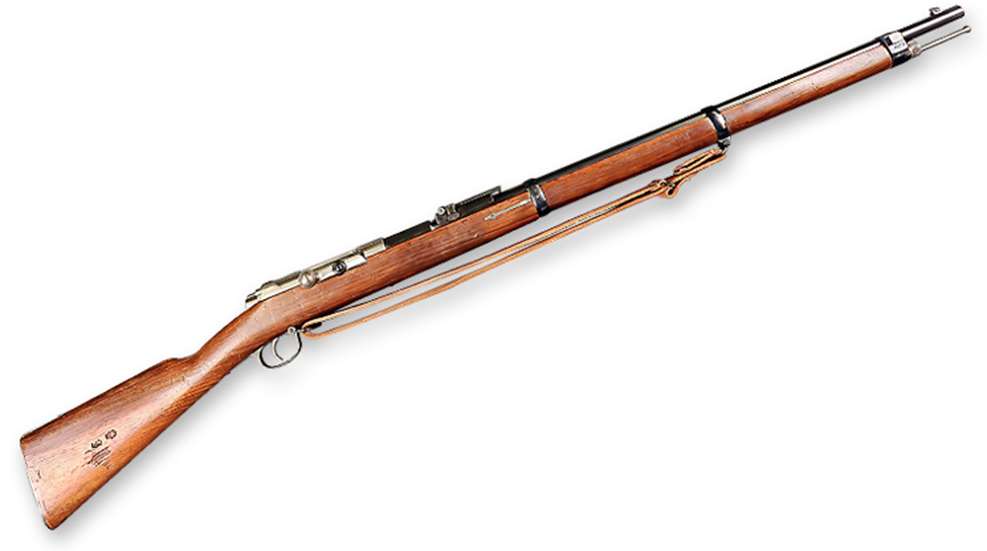
During the Franco-Prussian War of 1870-71, the adversaries principally carried single-shot breechloaders that chambered paper or paper/linen cartridges. The emerging pre-eminence of the self-contained metallic cartridge in the latter part of the 1860s made evident that these earlier infantry arms were effectively obsolete, even at the time of their use.
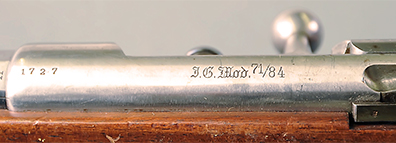 The French solution to the problem was the excellent single-shot Gras, and for the Germans, the equally efficient and well-made 11 mm Model 1871 Mauser. This fine rifle, designed by Peter Paul Mauser, employed a sturdy bolt with a handle that jutted out horizontally from the action. When the handle was turned upward, it rode on a curved portion of the receiver body which cammed it slightly to the rear, giving extra puissance in freeing a spent case from the chamber. The bolt, with rotating head incorporating an extractor, locked by means of a long bolster—actually the base of the bolt handle—that fit within a recess on the right side of the receiver. A broad, paddle-shaped safety lever was located on the end of the bolt body.
The French solution to the problem was the excellent single-shot Gras, and for the Germans, the equally efficient and well-made 11 mm Model 1871 Mauser. This fine rifle, designed by Peter Paul Mauser, employed a sturdy bolt with a handle that jutted out horizontally from the action. When the handle was turned upward, it rode on a curved portion of the receiver body which cammed it slightly to the rear, giving extra puissance in freeing a spent case from the chamber. The bolt, with rotating head incorporating an extractor, locked by means of a long bolster—actually the base of the bolt handle—that fit within a recess on the right side of the receiver. A broad, paddle-shaped safety lever was located on the end of the bolt body.
The Model 71 was chambered for the slightly bottlenecked 11 mm Mauser cartridge, also developed by Mauser, with a 370-gr., paper-patched bullet backed with 77 grs. of black–powder. It achieved a muzzle velocity of 1430 f.p.s. and a muzzle energy of 1,680 ft.-lbs., which was about par for the era.
The rifle measured 48" long and weighed 10 lbs. It was robust, and its bolt action was one of the best of the time. Fortunately, the rifle had the added advantage that, with a modest amount of redesign, it could be modified into a repeater—which is precisely what happened 13 years after its introduction.
By altering the stock and action configuration it was possible to adapt the original platform for the use of the Austrian-designed, Kropatschek-style, tubular magazine. Operating the bolt depressed and raised a lifter/carrier that efficiently loaded cartridges into the chamber from the under-barrel magazine. The bolt head itself was redesigned. Now recessed, the extractor was also re-sited because of the altered mechanism. Like most other repeaters of the period, the Infanterie-Gewehr Modell 1871/84 as it was designated, incorporated a cut-off that would disable the carrier and allow the rifle to be fired single-shot. Sights on the 71/84 were a blade front that was drift-adjustable for windage and a ladder-style rear, graduated to 1,600 meters.
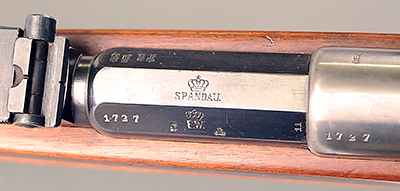 Eventually made at several locations, the rifle was finished in a range of colors, from a deep blue barrel, to a bright receiver and buttplate, set off by other shades of blue and straw-color elsewhere.
Eventually made at several locations, the rifle was finished in a range of colors, from a deep blue barrel, to a bright receiver and buttplate, set off by other shades of blue and straw-color elsewhere.
A class act, unfortunately the 71/84 came a little late, as just two years later the French smokeless powder 8 mm Model 1886 Lebel turned the military establishment on its ear, rendering blackpowder arms then in service out-of-date. Production of the 71/84 was ceased in 1887 after some 1,000,000 rifles had been produced.
Germany’s answer to the French Lebel was the 8 mm Model 1888 Commission Rifle, though the 71/84 remained in service for some time with reserve troops, the navy and in the German colonies. Quantities were also exported to other countries.
Several decades ago, large numbers of 71/84s were brought into the United States, many of them in superb condition. At that time they could be purchased for around $30-$40 each. Today an excellent-condition specimen, like the one seen here, is worth $1,250.
Gun: Mauser Infanterie Gewehr Modell 1871/84
Manufacturer: Spandau
Condition: NRA Excellent (Antique Gun Standards)
Manufactured: 1886
Value: $1,250













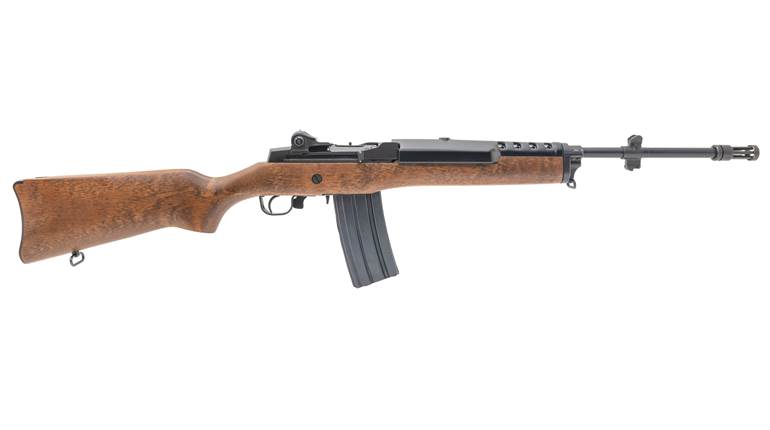
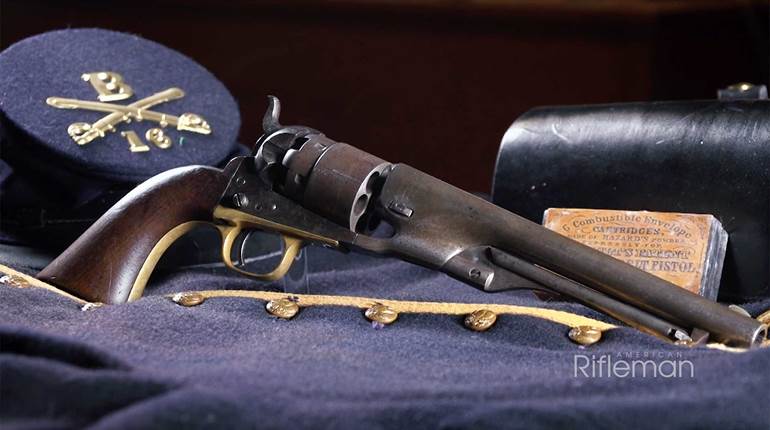





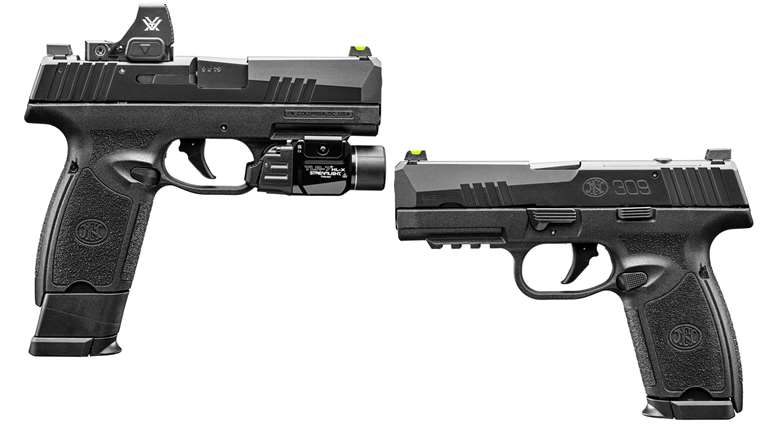
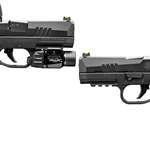

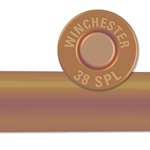
![Oconnor Small[67]](/media/bu2le2tp/oconnor-small-67.jpg?anchor=center&mode=crop&width=770&height=430&rnd=134126774953630000&quality=60)
![Oconnor Small[67]](/media/bu2le2tp/oconnor-small-67.jpg?anchor=center&mode=crop&width=150&height=150&rnd=134126774953630000&quality=60)










